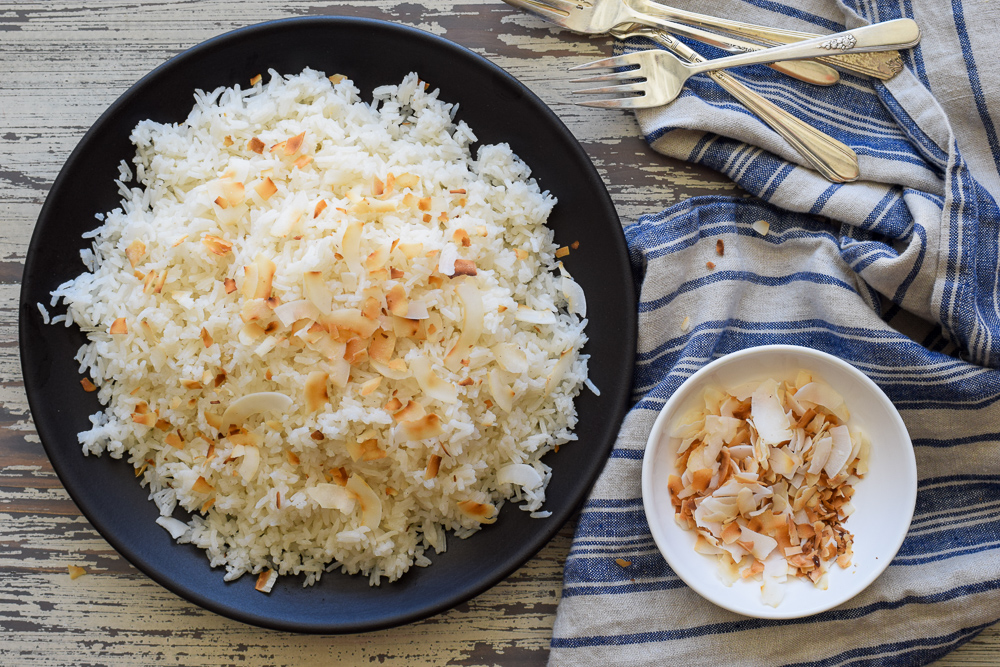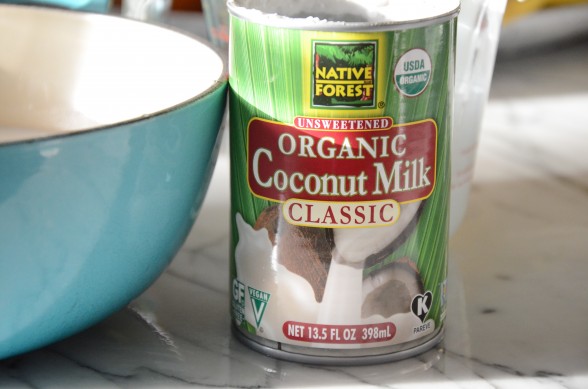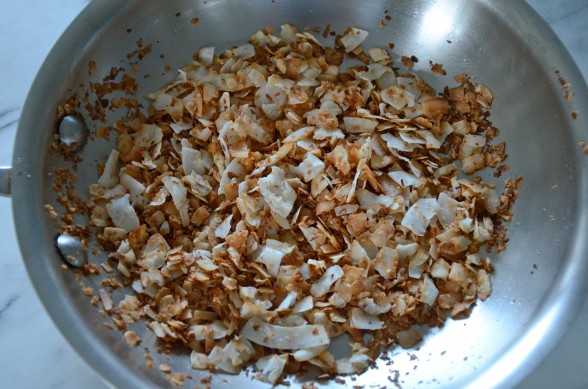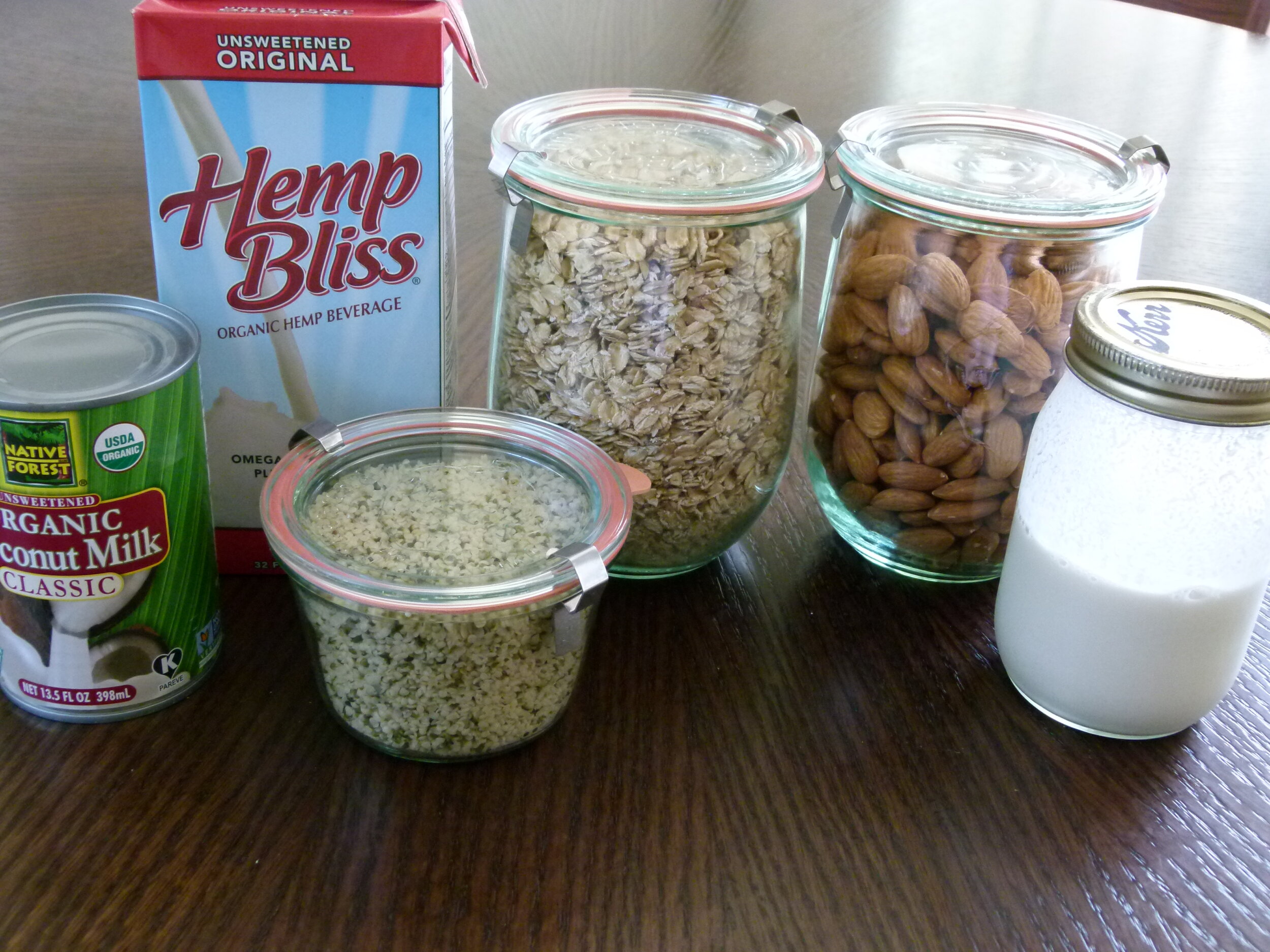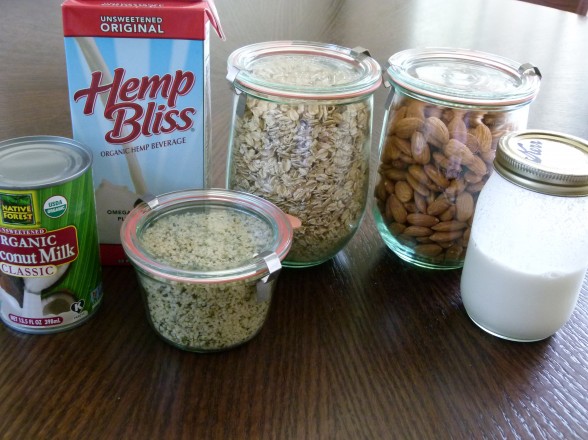Coconut rice recipe
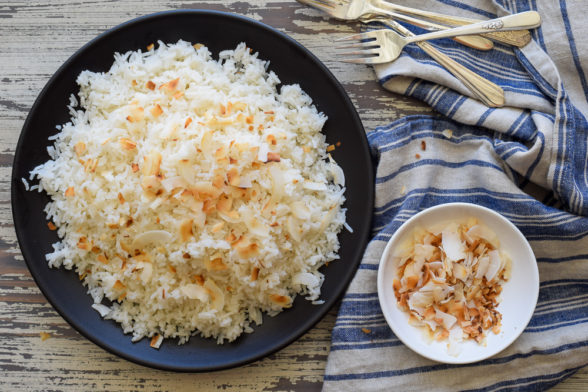
Before I started teaching so much, I used to do lots of pantry makeovers and kitchen re-organizations for other people. Recently, I was helping my friend Jenni organize her pantry and I was completely envious of how it turned out. It was like perfectly-labeled-Weck-jar-bliss. Sigh. I’m ashamed to say my own pantry is less than photo-worthy, which should not be the case. So last week I finally became motivated to tackle my own pantry and turn it into a beauty queen instead of a wanna-be. Perhaps I’ll blog about it when I’m done (I hope you’re patient).
My first step was determining how many containers I would need for the multitude of dried fruits, nuts, seeds and grains I have accumulated. What blew me away was the number of different varieties of rice I have — 10! When I thought about it, though, it makes perfect sense since each type that I have really does have a purpose. I use arborio rice for risotto and sushi rice for (obviously) sushi. I prefer the flavor of brown rice, but I love the convenience of white rice, so I have several varieties in both white and brown.
More importantly, my family loves rice in all forms, so I cook it often. After finding not one, but two bags of brown jasmine rice, I decided to make coconut rice for dinner. Coconut rice is one of my go-to stand-bys which I love to pair with anything spicy, gingery or saucy, like chicken curry or maple-soy salmon. To cook the rice I use both water and coconut milk, which is incredibly rich and adds a lovely silkiness to the rice, as well as a subtle sweetness. Plus coconut milk has lots of health benefits to boot. I use Native Forest organic coconut milk because it’s the only one I have found that is BPA-free. You can use any kind of long-grain rice, but I tend to use fragrant jasmine and basmati, either white or brown. Don’t forget my kids’ favorite part — the toasted unsweetened coconut. It makes the rice almost meaty, and more substantial. I love the big flaked coconut, but if I can’t find it in my jumble of a pantry, I’ll use the thinner, shredded variety. Wait — two more jars. Check!

- 1 ½ cups long grain rice, such as jasmine or basmati (white or brown)
- 1 ½ cups water
- 1 ¼ cup coconut milk (shake can before opening)
- ¾ teaspoon sea salt
- ½ cup flaked or shredded unsweetened coconut
- Rinse rice to remove excess starchiness (you can soak it, too if you’re into that). Combine rice, water, coconut milk and salt in a medium saucepan with a tight-fitting lid.
- Bring to a boil, lower heat to a simmer and cover with lid. Cook until liquid is absorbed, about 20 minutes for white rice or 50 minutes for brown rice. Remove from the heat and allow to sit, covered for 10 minutes.
- Place coconut flakes in a medium skillet over medium-low heat and toast until golden. Don’t walk away from the pan. The coconut can burn easily!
- Transfer rice to a serving bowl and top with toasted coconut.


